Mango Languages Review: Could Be Amazing But Far Too Shallow
 Written byHubert Nagel
Written byHubert Nagel- Read time11 mins
- Comments2
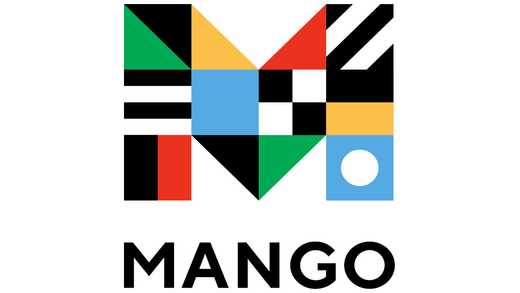
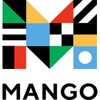
- Language pattern highlighting
- Beautiful in its simplicity
- Covers tons of languages
- High quality audio
- Very affordable
- Lacks sufficient content depth
- Languages vary greatly in content length
- Very little video content and only for a few languages
- No voice recognition
Mango Languages has the potential to be a groundbreaking language course option but the course depth is far too shallow. Some languages are quite comprehensive while others lack real substance. Mango's pattern highlighting is its strongest feature by far, and its language coverage is definitely impressive.
NOTE: Mango Languages isn’t bad, but have you tried Rocket Languages yet?
In my opinion, it’s one of the best online courses available for most major languages (teaches you a lot more than Mango does).
Select a language here:
Make sure to check out my Essential Language Learning Tools page as well for other resources and recommendations.
I’ve been meaning to review Mango Languages quite literally for years.
Recently, I made the decision to start using Mango Languages as part of my Icelandic mission, in part because it’s one of the only courses/apps that offers the language.
In addition, it also uses a unique pattern-focused approach to teaching that I find very appealing and wanted to test out properly (I’ll expand on this below).
Overall, I’ve been simultaneously very impressed and also greatly disappointed after using it.
Keep reading and I’ll explain why.
Table of Contents:
- Mango Languages in a nutshell
- Pros
- 70+ languages
- Pattern highlighting
- Literal and loose translations
- Audio quality
- Cons
- Poor course depth
- Language inconsistency
- Adaptive learning/SRS
- Highly repetitive
- No voice recognition
- Pricing and refunds
- Summary
Mango Languages in a nutshell
Mango Languages has been around for well over a decade, founded by its CEO Jason Teshuba (Israeli-American?).
Until fairly recently, Mango had more of a reputation as a free library resource (due to its enormous presence in libraries all over America) so to be honest, I hadn’t really seen it as an online course alternative for autodidactic language learning like Babbel.
The company seems to be actively involved not only in libraries, but also schools (popular homeschooling choice), businesses and even the military.
Purely anecdotal of course, but I’ve noticed interest in Mango rising amongst my own readers in recent years who often recommend it to me.
Mango currently offers over 70 languages, including some very obscure ones and even some impressive dialect variations (it’s actually one of the only course options for Iraqi Arabic and Aramaic, among many others).
In addition, they offer Biblical Hebrew (the first foreign language Jason Teshuba learned) and Koine Greek, Latin and even Pirate (seriously ).
They boast of a unique “adaptive learning process” which I’ve had trouble finding detailed information on.
I’ve reached out to Mango for answers on this but have yet to receive a reply (I’ll update this review if they respond).
Mango Languages review pros: What I like about it
I’ll start off with the aspects of Mango Languages that I consider great.
Tons of language options
As I mentioned above, Mango Languages offers an impressive 70+ languages (including dialects).
Not quite on par with Transparent Language (which has over 100 languages) but Mango is certainly one of the largest language course providers I’ve seen.
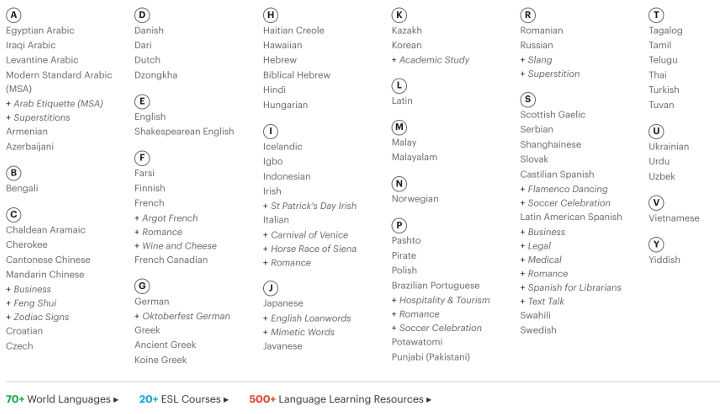
Included in the list of 70+ languages are, as mentioned, dialects and varieties (e.g. Arabic offers MSA, Levantine, Iraqi and Egyptian), ancient and religious languages (e.g. Latin, Ancient and Koine Greek, and Biblical Hebrew), novelty/fun languages (Shakespearean English and Pirate), a native American language (Cherokee) and a creole (Haitian).
Some of the languages offer “specialty courses” too. For example:
- Arab etiquette
- Flamenco dancing
- St. Patrick’s Day Irish
- Oktoberfest German
These are topical conversation modules but there only seem to be a handful of them for specific languages.
Pattern highlighting
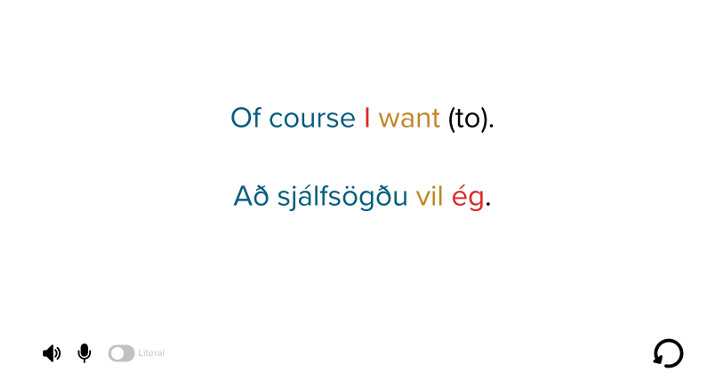
This excellent feature of Mango Languages is the one thing that really caught my attention.
When you’re presented with a sentence or dialogue in the lessons, what I named “chunks” (lexical blocks) are highlighted in different colors to help you recognize patterns.
Additionally, the English text fragments are highlighted so you can match them to the target language.
As far as I’m concerned, this incredibly simple feature is probably one of the most powerful things I’ve seen in any language course or app. That’s not hyperbole.
The reason is simple:
It trains you to look at patterns rather than rules.
So, in a typical course or book, you’re taught grammar rules up front and expected to ‘decode’ dialogues using the rules you’ve learned. As I’ve pointed out many times in the past, this is a terribly ineffective and unnatural way to learn languages.
Looking at patterns enables you to quickly piece together lexical blocks and ‘get a feel’ for what sounds/looks right.
I can confirm with absolute assurance that this has helped me get a quick grasp on Icelandic already. Even at such a low level, I’m often referring back to the patterns I’ve seen and heard, rather than looking up grammar.
Toggle literal and loose translations
I’ve explained literal vs loose translations in the past when I shared how to become a translator.
Most foreign language translations do not precisely match the English.
Mango Languages gives you the option to view both a literal and loose translation. For example, in Icelandic:

Saell. Hvernig hefurdu thad?
As you can see, the literal translation of this in English is quite different but the loose translation is more appropriate to its actual meaning.
I really like that Mango has this toggle (although the pattern highlighting only works on the loose translation).
Outstanding audio quality
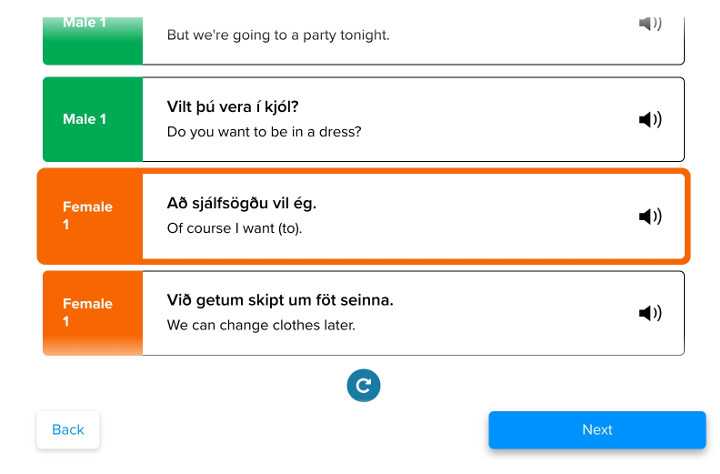
One thing Mango Languages does extremely well is its dialogue quality.
I’ve personally had a great experience learning Icelandic for this reason - it’s so clear and nice to listen to. These are professional, studio-grade voice talent for sure.
There’s no ability to slow down the playback but I’ve found the audio is so clear that it’s not really necessary.
Suggestion: Do yourself a favor and turn off the English narrator (unnecessary and annoying).
Mango Languages review cons: Where it suffers
Here are the aspects of Mango Languages that I’ve found disappointing (and in most cases, easy for the company to remedy).
Poor course depth in most languages
For me, this is my biggest disappointment with Mango Languages.
It has the potential to be an extremely good course option for so many languages, yet it’s too shallow on actual content/substance.
Some languages are better than others; Spanish for example, being the most popular language, covers a lot more than Icelandic does with extra features.
But even at a bare minimum for obscure languages, I feel that the courses should cover more.
My Icelandic course has 4 units (People, Travel, Activities and Places). In each of those units, there are 5 ‘chapters’, and in each of those chapters, there are between 4 to 6 lessons.

That equates to approximately 100 individual lessons.
This could actually be a lot if the lessons were substantial but consider this: each chapter is made up of a very short, few line dialogue with a breakdown of the words and sentences in each subsequent lesson.
If Mango Languages expanded the chapters to contain 10 or more lessons (I’ve seen that Spanish has 20+ lessons in some chapters), or added more units, it would make a drastic improvement to course substance.
Only some languages offer ‘listening’, ‘reading’ and ‘videos’
Some of the extra value features aren’t available for most languages.
There’s an assisted reader, listening exercises and interactive videos but very few and only for a select few languages.
I would have loved to have used these with Icelandic but unfortunately, only the basic lessons are available to me.
I will say that from what I’ve seen of the video feature, you’d be better off using Yabla or FluentU, and for the assisted reader, LWT or LingQ. These are services/programs specifically designed for those purposes.
Adaptive learning
One of Mango Languages’ own selling points is that it uses an “adaptive learning process”.
In their own words:
A blend of the right content at the right time, with intelligent algorithms and native-speaker audio, and powered by proven methodologies, Mango’s adaptive learning process evolves to your progress and unique learning behaviors, preparing you to start the conversation with confidence.
I’ve attempted to contact Mango for some clarification on this point and have yet to receive a response, but here’s what I think it refers to:
SRS (spaced repetition) reviews.
At the end of each lesson, you do a “review” which is basically an interactive flashcard sequence. It asks you a question, and then you “show answer” to reveal whether or not you were correct.
It then asks you “were you correct?”, with a simple “yes” or “no” response.
Like Memrise for example, as you progress and get answers correct, they’ll appear more and more infrequently. Likewise, if you get answers wrong, they’ll appear more frequently.
I think “adaptive learning process” is just a fancy way of describing SRS (if indeed, that’s what it’s referring to). It’s hardly a patented or unique feature, but rather something we’ve come to expect from most flashcard-esque tools and courses.
If I get clarification on their adaptive learning process, I’ll update this section.
The fact that you have to personally grade yourself by selecting “yes” or “no” just feels inadequate to me too. A simple multiple choice quiz would probably be a far more effective way to do this.
Highly repetitive format
Mango Languages gets simplicity right, in my opinion.
It doesn’t try to do too much and it presents you with a clean, clear sentence or word to learn on screen.
I love this.
However, the lessons do start to feel monotonous after a while because there’s no variety in lesson delivery (no doubt because of the lack of those extra features mentioned above). It’s very repetitive.
Just the same process over and over again (this is one of the things I hate about Duolingo, for example).
No voice recognition
Mango Languages makes the same mistake that Transparent Language does when it comes to voice recognition/matching.
Well firstly, voice recognition is non-existent.
They don’t use a patented voice recognition system like Babbel or Rosetta Stone (TruAccentTM) that automatically detects and matches your voice to a native speaker sample.
Both of those competitors have spent insane money and research fine-tuning their voice recognition software over many years.
With Mango Languages, you record your voice and (like Transparent), you’re shown a waveform of the native speaker sample side-by-side with your waveform.
You then have to slide your sample to match it up visually with the native speaker.
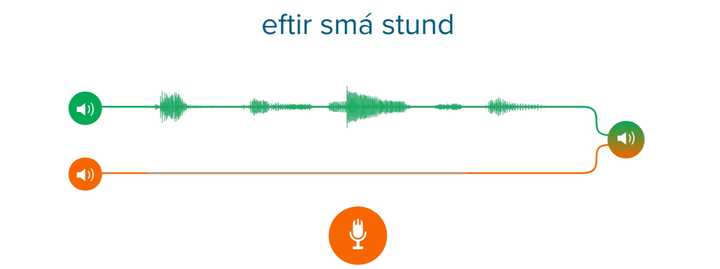
The entire thing is subjective and silly - record your voice until your waveform looks close enough visually and then click ‘Next’.
There’s zero feedback so the entire feature is a waste of time, in my opinion.
I get that developing their own patented voice recognition is obviously a big undertaking and not cheap.
So here’s what Mango Languages should implement:
Why not do what Rocket Languages have done and use Google’s Web Speech API instead? It’s a publicly available API that takes advantage of Google’s advanced voice recognition technology.
Either that, or get rid of the voice record feature altogether.
Pricing and refund policy
Pricing for Mango Languages is incredibly reasonable.
Cheap in fact:
- $7.99 a month for one language
- $17.99 a month for all 70+ languages
- Custom “Enterprise” option for companies
Similar to Mondly, you’re able to subscribe to all of their languages and it’s only marginally more expensive than a single language.
Unfortunately, their refund policy isn’t as generous.
Mango Languages is one of the few language course providers I’ve seen that has a sorry bad luck refund policy.
In other words, no refunds.
Thankfully it’s an inexpensive product so no major loss if you’re unhappy (but they really should have a satisfaction period anyway).
Summary: Is Mango Languages worth it?
To conclude this Mango Languages review I’ll add this:
If you’re learning an obscure, ancient, varietal or endangered language where Mango is one of the only things available, it’s a no-brainer.
For languages where there are far more course options (e.g. Spanish or French), I would say there are better ways to spend your money.
I absolutely love the pattern highlighting and simplicity of Mango’s style, and for that reason I’d personally use it regardless in most cases as a supplement, but the lack of depth just kills it for me as a standalone course option.
To borrow the words of Antonius Proximo from the movie Gladiator:
You’re good Mango, but you’re not that good. You could be magnificient.
If they were to expand Mango and add more levels, it would be a game-changer.
For other features like voice recording, videos and the assisted reader, there are better alternatives.
Have you used Mango Languages before?
Share your thoughts below.
 Grab the link to this article
Grab the link to this article